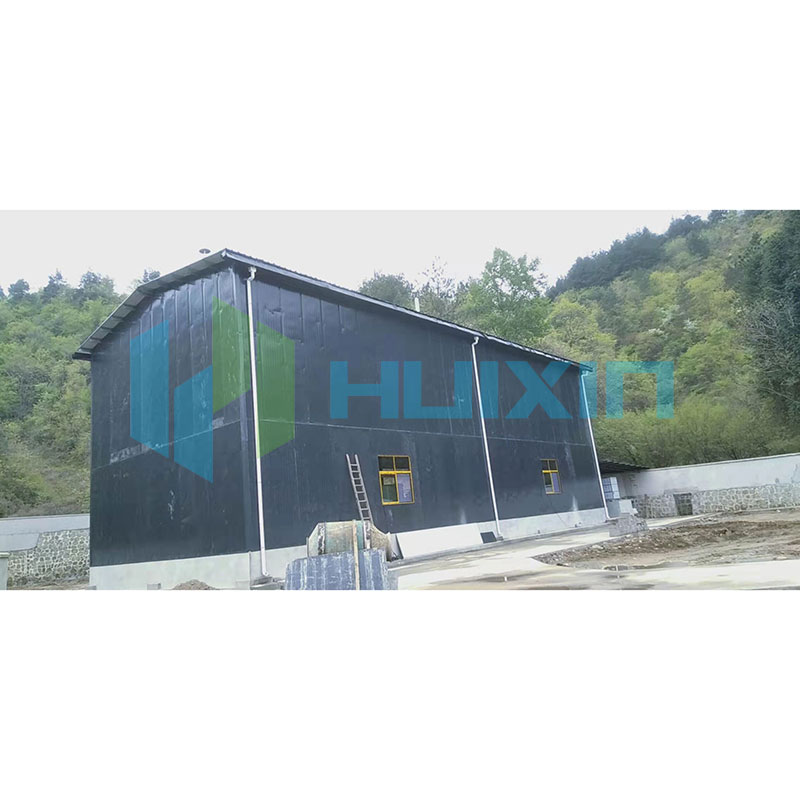What safety features are incorporated into the design of the Small Waste Incinerator to prevent accidents?
2023-10-18
Safety is a top priority in the design of any waste incineration system, including Small Waste Incinerators. Various safety features are typically incorporated into the design to prevent accidents and ensure the well-being of operators and the surrounding environment. Some of the common safety features found in Small Waste Incinerators include:
1. Automatic Control Systems: Modern Small Waste Incinerators often feature automatic control systems that continuously monitor and regulate the incineration process. These systems can adjust combustion parameters, temperature, and airflow to optimize efficiency and prevent overheating or underheating of the incinerator.
2. Temperature Monitoring and Alarms: Temperature sensors placed strategically throughout the incinerator monitor the combustion process. If the temperature deviates from safe operating limits, alarms are triggered to alert operators, allowing them to take corrective actions.
3. Pressure Relief Systems: Pressure relief valves and systems are installed to release excess pressure in case of a buildup, preventing potential explosions or damage to the incinerator.
4. Emergency Shutdown: Small Waste Incinerators are equipped with emergency shutdown buttons or switches that immediately stop the incineration process in case of any hazardous situations or malfunctions.
5. Flame and Gas Detection: Sensors detect flames and the presence of harmful gases within the incinerator. If abnormal conditions are detected, appropriate safety measures, such as shutting down the burner, are activated.
6. Exhaust Gas Monitoring: Continuous monitoring of exhaust gases ensures that the incinerator is operating efficiently and within emission standards. If emission levels exceed predetermined limits, the system may trigger alarms or initiate corrective actions.
7. Secondary Combustion Chamber: Some Small Waste Incinerators are designed with a secondary combustion chamber to ensure complete combustion of any unburned gases or particulate matter before releasing the exhaust into the atmosphere.
8. Proper Insulation and Cooling: Adequate insulation and cooling mechanisms are in place to prevent excessive heat buildup on the incinerator's exterior, reducing the risk of burns or damage to surrounding structures.
9. Operator Training: Training programs are essential to educating operators about safe operation practices, emergency procedures, and the correct handling of waste and by-products.
10. Fire Suppression Systems: Fire suppression systems, such as sprinklers or foam systems, may be installed to contain and extinguish fires that may occur within the incinerator.
11. Compliance with Regulations: Small Waste Incinerators must meet specific safety standards and regulatory requirements to ensure that their design, construction, and operation adhere to established safety guidelines.
It's important to note that safety features can vary between different models and manufacturers of Small Waste Incinerators. Always follow the manufacturer's guidelines and conduct regular inspections and maintenance to ensure the continued effectiveness of safety features and the safe operation of the incinerator. Additionally, proper training and adherence to safety protocols are crucial to preventing accidents and ensuring the well-being of operators and the environment.



